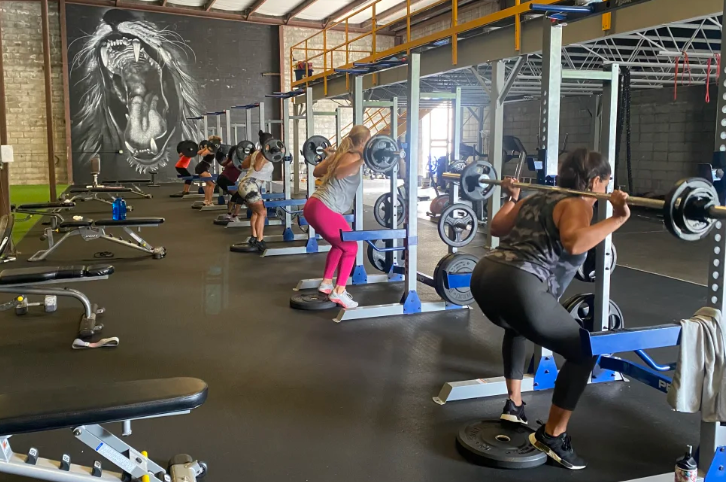When it comes to fitness, there’s no one-size-fits-all approach. However, the order in which you perform exercises during a workout can indeed have an impact on your results. Here’s a breakdown of why exercise sequence matters and how to strategically order your workouts for maximum efficiency and gains.
- Understanding Exercise Priority:
The principle of exercise priority suggests that the body will most effectively adapt to the demands placed upon it first in a workout. Simply put, the exercises you do initially will likely see the most pronounced results due to maximal energy and focus.
- Compound Before Isolation:
It’s generally recommended to perform compound exercises (those that work multiple muscle groups) before isolation exercises (those targeting a single muscle). For instance, if you’re targeting your chest, start with bench presses (compound) before moving to chest flys (isolation).
- Engage Larger Muscle Groups First:
Starting with exercises that target larger muscle groups like the chest, back, and legs can ensure you have the energy and strength to perform them effectively. Exercises for smaller muscles, such as biceps or triceps, can come later in the routine.
- Energy System Considerations:
If you’re incorporating both strength training and cardio into a single session, the order can depend on your goals. For building muscle, strength training should come first. If improving cardiovascular fitness or burning fat is the priority, start with cardio.
- Skill-Based Movements:
Complex or skill-intensive exercises, like Olympic lifts or plyometric jumps, should be performed when you’re freshest to reduce the risk of injury and ensure optimal technique.
- Consider Your Goals:
If a specific muscle group or skill is your priority, tackle that first, regardless of other general rules. For instance, if you’re specifically aiming to improve arm strength, it makes sense to prioritize arm exercises even if they are typically saved for later in a workout.
- Safety First:
Regardless of goals, always prioritize safety. For instance, doing fatiguing exercises that can compromise lower back health (like deadlifts) at the end of a workout might increase the risk of injury.
- Adaptation and Variation:
While it’s essential to have a structured plan, occasionally changing the order can provide a new stimulus for the body, preventing plateaus and fostering continued adaptation.
- Rest and Recovery:
No matter the order, ensure that there’s adequate rest between sets and exercises. The recovery period is when muscles repair and grow, so it’s just as important as the workout itself.
In Conclusion:
Yes, the order of exercises in a workout does matter and can influence the outcomes you achieve. By being strategic about your exercise sequence, you can not only optimize results but also reduce the risk of injuries. However, personal goals, preferences, and individual physical conditions play a significant role, so it’s essential to tailor advice to personal needs and, if in doubt, seek guidance from fitness professionals.
This post was written by Darryl Johnson, Co-Owner of Apex performance. At Apex performance we are a community of highly trained experts looking to provide performance enhancement and a permanent lifestyle change for our clients in a fun and interactive environment. Members can take advantage of one of the best gyms in Tampa, small group classes and specialized courses for a wide variety of athletics, sports training and body goals!





